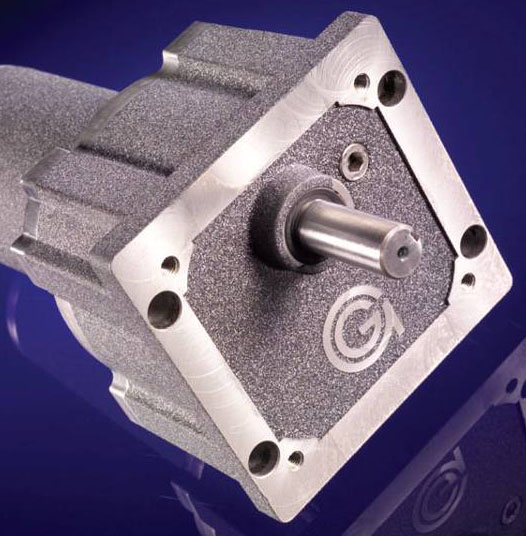Mobile:+86-311-808-126-83
Email:info@ydcastings.com
single vane impeller
Understanding Single Vane Impellers Design, Function, and Applications
In the realm of fluid mechanics and engineering, impellers play a critical role in the movement and manipulation of fluids. Among the various types of impellers, the single vane impeller is a significant design that showcases unique characteristics and applications. This article will delve into the fundamental aspects of single vane impellers, including their design features, operational principles, and practical uses.
Design Features
A single vane impeller is characterized by its simplicity and efficiency. Unlike multi-vane designs that utilize several blades to impart momentum on the fluid, a single vane impeller consists of one prominent blade bonded to a hub. The shape of the vane is typically aerodynamically optimized to minimize drag and maximize the flow of fluid.
The design can vary depending on the application, but common configurations include both axial and centrifugal types. In axial designs, the flow is directed parallel to the axis of the impeller, while in centrifugal designs, the flow is propelled outward from the center to the periphery due to the radial motion of the blade. The choice of design usually depends on the required flow characteristics and the nature of the fluid being handled.
Operational Principles
The operational mechanism of a single vane impeller relies on its ability to convert mechanical energy into fluid energy. When the impeller rotates, the single blade interacts with the fluid, creating a pressure differential that drives the fluid motion. As the impeller spins, the velocity of the fluid increases, effectively transporting it from one location to another.
single vane impeller

The efficiency of single vane impellers can often surpass that of more complex designs in certain contexts. For instance, in applications where space is constrained, or in systems that require a simple, low-maintenance solution, the single vane impeller can be particularly favorable. In many cases, the impeller's simplicity leads to reduced manufacturing costs and ease of installation, making it an attractive option in various industries.
Applications
Single vane impellers find applications across a wide range of industries, including water treatment, chemical processing, and HVAC systems. One prominent use is in pumps and mixers, where their ability to generate a steady flow with minimal turbulence is highly beneficial.
In water treatment facilities, single vane impellers are instrumental in processes such as aeration, where the efficient movement of water can enhance oxygen transfer and improve overall treatment effectiveness. Their robust design also enables them to handle corrosive or viscous fluids, making them suitable for chemical processing applications.
Moreover, in HVAC systems, single vane impellers are often utilized in fans and blowers, where their ability to move air efficiently ensures optimal temperature control and ventilation. The compact design allows for installation in limited spaces, making it an ideal choice for residential and commercial buildings alike.
Conclusion
In conclusion, single vane impellers are a vital component in fluid dynamics, offering efficient performance in various applications. Their unique design and operational principles provide advantages in manufacturing ease and application versatility. As industries continue to seek out efficient and cost-effective solutions for fluid movement, the single vane impeller stands out as a reliable choice that meets these demands. Understanding its characteristics and potential applications can empower engineers and designers to optimize systems and improve operational efficacy across multiple sectors.
-
Why Should You Invest in Superior Pump Castings for Your Equipment?NewsJun.09,2025
-
Unlock Performance Potential with Stainless Impellers and Aluminum End CapsNewsJun.09,2025
-
Revolutionize Your Machinery with Superior Cast Iron and Aluminum ComponentsNewsJun.09,2025
-
Revolutionize Fluid Dynamics with Premium Pump ComponentsNewsJun.09,2025
-
Optimizing Industrial Systems with Essential Valve ComponentsNewsJun.09,2025
-
Elevate Grid Efficiency with High-Precision Power CastingsNewsJun.09,2025











